
occultation



Star Epsilon (ε) Tauri plays hide and seek with the crescent Moon on 29 March
On Sunday, 29 March around civil dusk, observers throughout the British Isles with suitably steadied binoculars and small telescopes can watch naked-eye star Epsilon (ε) Tauri disappear behind the darkened hemisphere of the almost 5-day-old waxing crescent Moon, reappearing again slightly more than an hour later. Here’s our where and when guide to viewing it.
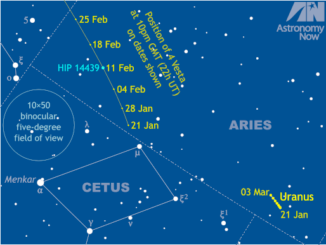

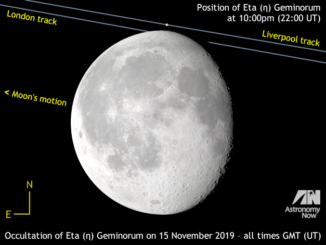
Will you see the Moon hide naked-eye star Eta (η) Geminorum on 15 November?
Lucky observers with clear skies who also happen to live on a line drawn between Porthcawl on the Welsh coast through just south of Birmingham and on to the Lincolnshire Wolds can witness a grazing lunar occultation of naked-eye star Eta (η) Geminorum by the rising 18-day-old waning gibbous Moon just before 10pm GMT on 15 November 2019.
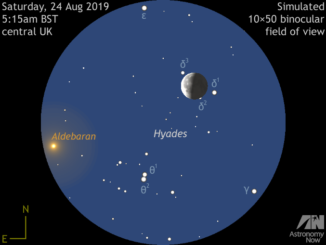
See the Moon hide a trio of Hyades stars at dawn on 24 August
Have you ever seen the Moon hide a star? If you’re an early riser in the UK with a small telescope on Saturday, 24 August 2019 then you can potentially witness the disappearance and reappearance of three naked-eye stars in the Hyades open star cluster of Taurus between 3:40am BST and shortly after sunrise.
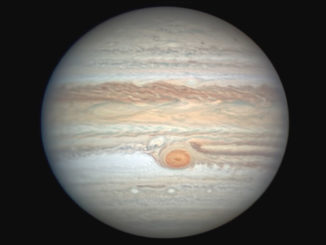
Further Jupiter events for UK observers in July 2019
July opens with Jupiter three weeks after opposition, but the largest planet is still putting on a fine show as an unmistakable magnitude -2.6 object low in the south before midnight in the constellation of Ophiuchus (the Serpent Bearer). With ongoing developments in the Jupiter’s Great Red Spot and plenty of phenomena occurring with the planet’s large Galilean moons, here’s our Jovian observing guide for July 2019.
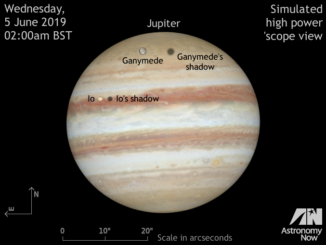
Get ready for prime-time Jupiter and its multi-moon events in June 2019
Jupiter, the solar system’s largest planet, reaches opposition on 10 June in the constellation of Ophiuchus (the Serpent Bearer) and is visible low in the southern sky of the UK through the night. Observers with small to medium aperture telescopes can see a number of shadow transits of Jupiter’s Galilean moons and view the planet’s Great Red Spot throughout June.
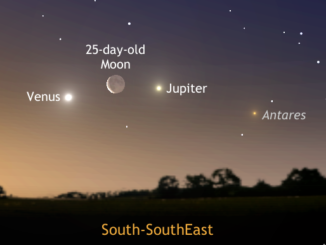
See a dawn triple conjunction and a lunar occultation on 31 January
Skywatchers in the UK and Western Europe should look low to the south-southeast an hour before sunrise on 31 January to see a beautiful naked-eye conjunction of Venus, the old crescent Moon and Jupiter, all within a span of 8½ degrees. But if you have a telescope and live in just the right place, you can also see the Moon hide a double star.
